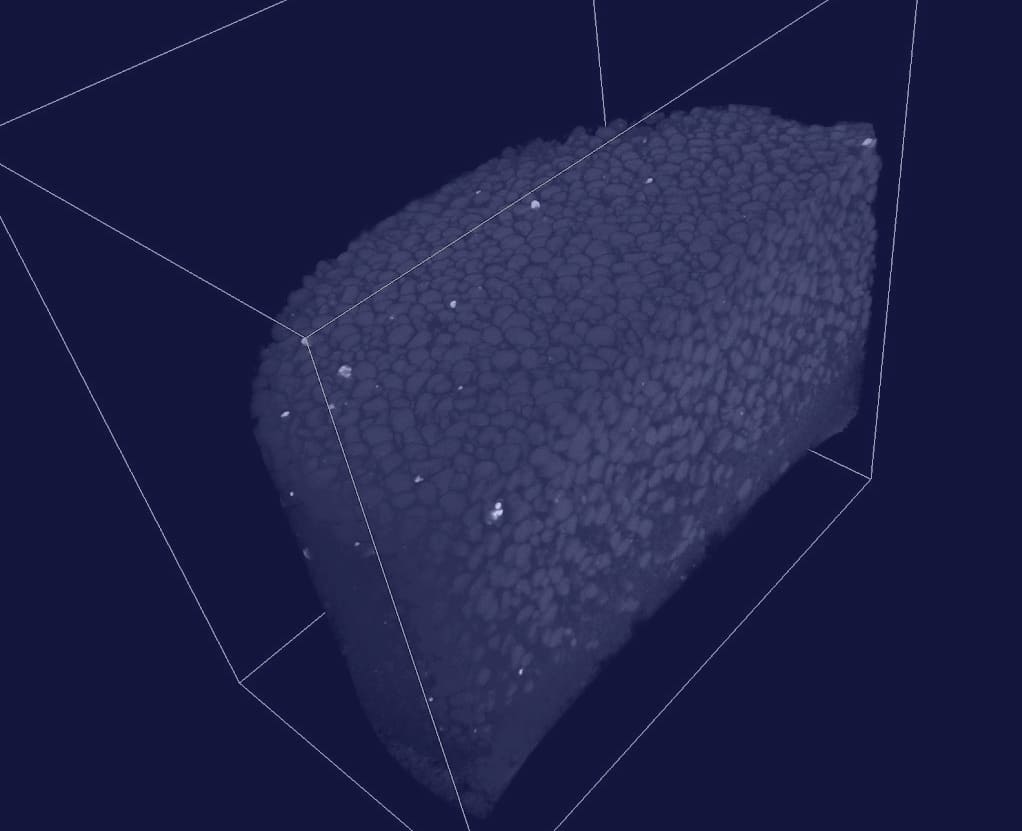Multiscale Characterization of Spatially Tailored Ti-TiB Nano-composites
Date
2024
High Resolution X-ray Microtomography of Geopolymer Memristors and Ti-TiB Nanocomposites.

Palladium diselenide (PdSe₂), a transition metal dichalcogenide (TMDC), has garnered attention for its notable optical and electronic properties. However, its mechanical behavior remains relatively underexplored, particularly in the context of flexible electronics. In this study, we investigated the time-dependent mechanical response, wear resistance, and nanoductility of PdSe₂ synthesized via chemical vapor transport. Using nanoindentation and nanoscratch techniques, we evaluated key properties including hardness, elastic modulus, creep behavior, activation volume, strain rate sensitivity, and wear resistance.
The measured Young’s modulus and hardness values indicate strong potential for use in flexible electronics. PdSe₂ demonstrates strain hardening and sensitivity to strain rate, resembling the ductility of aluminum and allowing it to undergo substantial deformation without compromising structural integrity. Creep analysis revealed a size-dependent mechanical stability under sustained loading, which is critical for long-term device reliability. Furthermore, activation volume estimations provided insights into dislocation mechanisms governing deformation.
Our nanoscratch results confirmed the material’s robustness against surface wear, reinforcing its applicability in durable, flexible electronics. The pronounced elasticity of PdSe₂ supports considerable shape recovery post-deformation, ensuring consistent electrical performance under mechanical stress. These findings pave the way for the development of next-generation PdSe₂-based flexible and wearable electronic devices.